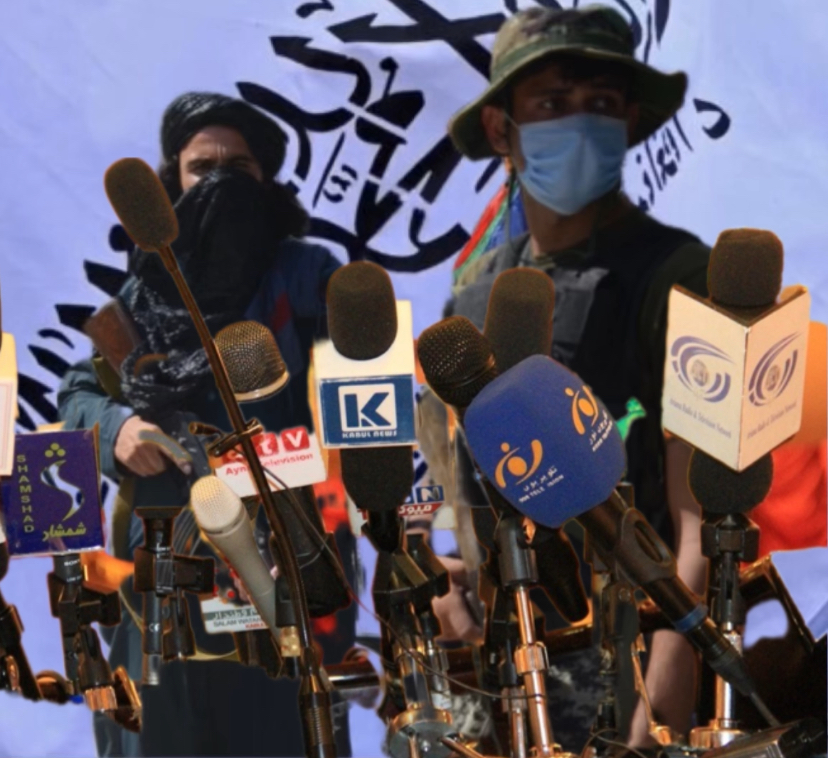RASC News Agency: A coalition of Afghanistani journalists in exile, based in Europe and North America, has released its annual report, documenting a staggering 232 violations of press freedom by the Taliban in Afghanistan over the past year. The report highlights that in 2024 alone, the Taliban launched at least 53 direct attacks on media organizations, further intensifying their crackdown on independent journalism. The findings categorize these violations into three primary areas: 152 incidents of violence against journalists and media workers, 53 attacks on media institutions, and 27 instances where the Taliban forcibly suspended media operations.
According to exiled journalists, the Taliban’s stranglehold on press freedom has significantly tightened over the past year. Censorship has reached unprecedented levels, independent media outlets have been systematically shut down, and journalists are increasingly coerced into aligning with the Taliban’s ideological framework. This past year has been described as the most repressive period for press freedom in Afghanistan’s modern history. The Taliban have issued at least five new media directives aimed at consolidating their control over public discourse. These include:
A ban on broadcasting images of living beings, effectively restricting visual storytelling in journalism, Prohibition of live coverage of political and economic affairs, Censorship of critical discussions on Taliban laws and policies, Mandatory pre-approval for all guest speakers appearing on media programs, Enforced language directives, including the compulsory use of terms like “martyr” when referring to Taliban casualties. The report underscores that these oppressive measures have not only crippled freedom of expression but have also forced many journalists into self-censorship out of fear of retribution.
Furthermore, in 2024, 27 independent media outlets were forced to shut down due to Taliban restrictions, with 13 remaining permanently closed at the time of this report’s publication. While dismantling independent journalism, the Taliban have simultaneously expanded their propaganda apparatus, establishing four new state-controlled media outlets across various provinces to further entrench their ideological influence. The report also sheds light on the disproportionate oppression of female journalists, who have faced harsher restrictions than their male counterparts. Many were forced out of their jobs entirely, while others were banned from appearing on television. In cases where women were allowed to work, their roles were confined strictly to non-political and cultural programming.
The Taliban’s systematic assault on press freedom has led to a mass exodus of journalists, many of whom have been left with no choice but to flee the country in search of safety and professional autonomy.






